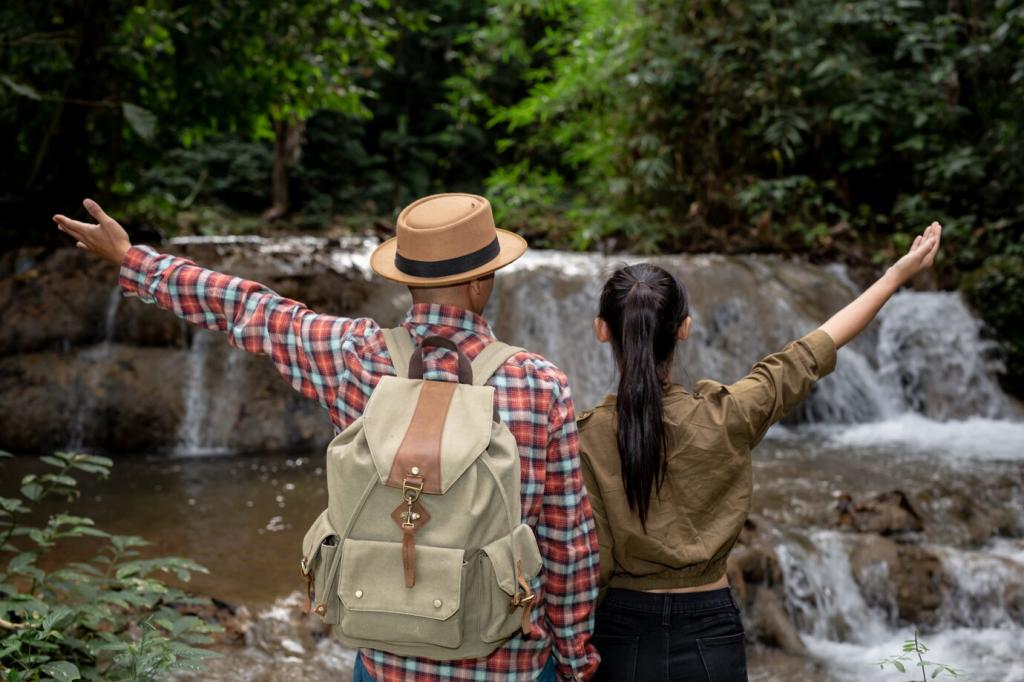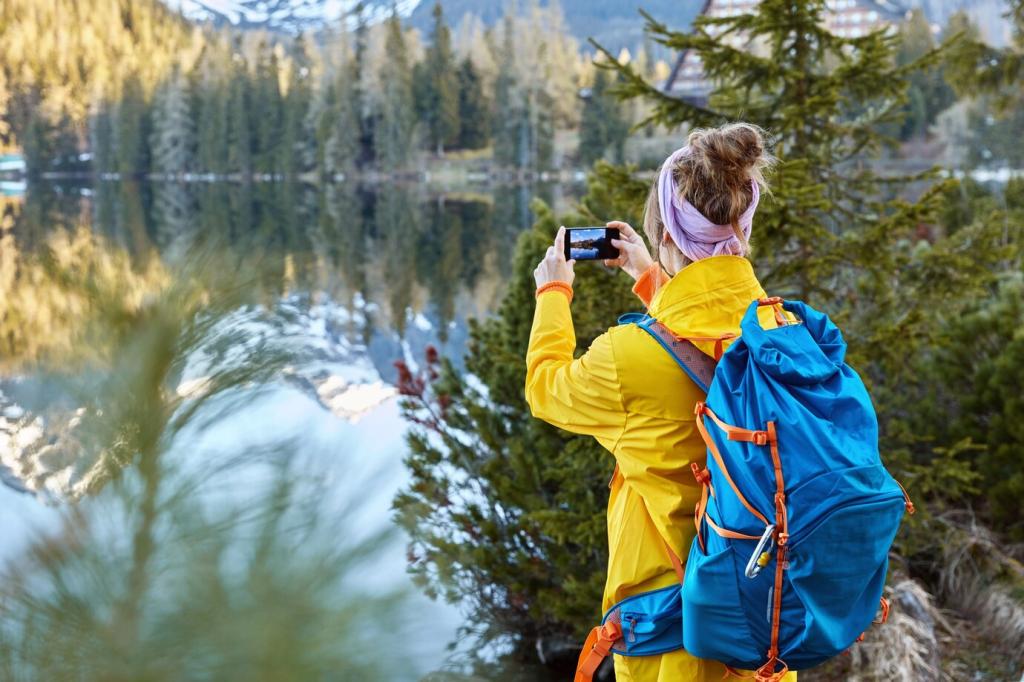Leave What You Find
That perfect quartz crystal or weathered antler tells a story about the mountain’s life. Removing it erases a chapter. Snap a picture, sketch it, or write a note about the moment instead. Share a photo of something beautiful you left behind.
Leave What You Find
Old mining artifacts, historic cairns, and Indigenous sites deserve thoughtful distance. Learn the local history before you hike and treat these places like living museums. Encourage friends to honor place names and traditions on every visit.


